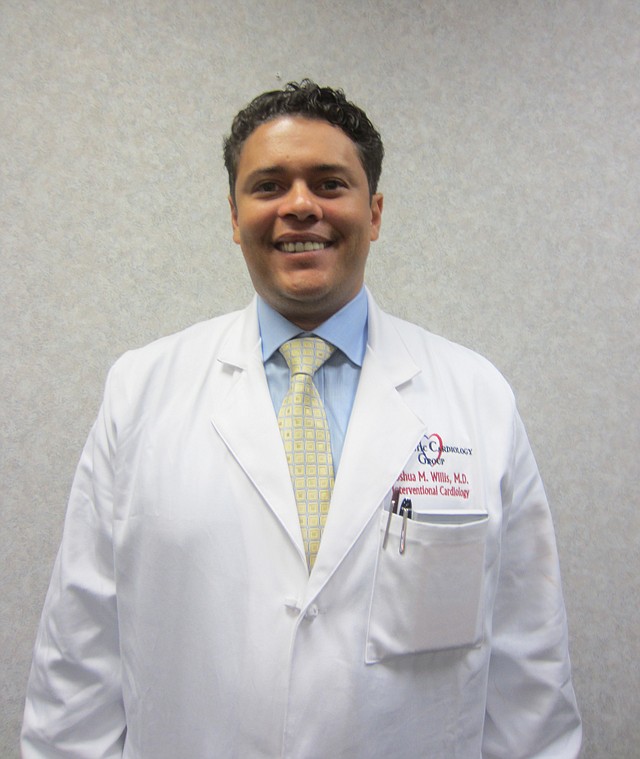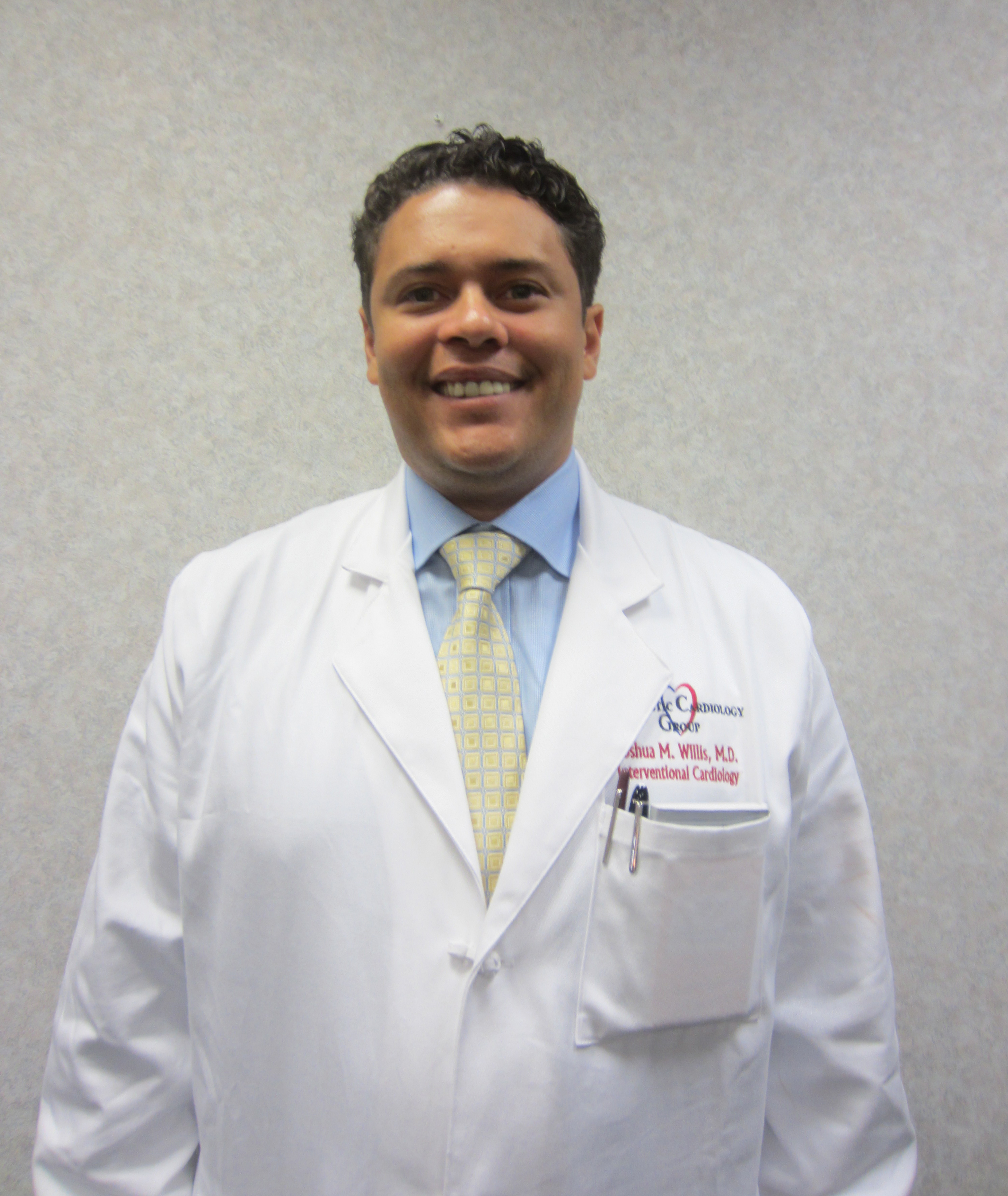Six years after Hurricane Katrina
Friday, January 1, 1904
As medical centers across the East Coast conducted mass evacuations in the face of Hurricane Irene, Dr. Joshua Willis was relieved to be more than 300 miles from the coast.
"I'm completely landlocked," said Willis, an interventional cardiologist who joined Parkridge Medical Center in June. "And that's fine by me."
It's been six years since Willis found himself and the 15 patients in his care stranded at New Orleans' University and Charity hospitals, besieged with more than 1,300 other people by an 8-foot moat of sewer water after Hurricane Katrina.
He was serving as chief resident and attending physician at the hospitals when the hurricane made landfall Aug. 29, 2005.
"The storm itself wasn't as terrible as you would expect. It wasn't more than a foot or so of water around the hospital," Willis recounted. "But then the levees were breached."
The storm-weakened levees and flood walls surrounding much of New Orleans gave way, flooding much of the city.
At University and Charity hospitals, the generators were in the basement, so they flooded first. With no electricity for air conditioning, the temperature soared past 100 degrees and staff members had to hand-pump oxygen to patients on ventilators. Those in the most critical condition were evacuated by rowboat.
"Patients had to heal themselves, for the most part," Willis said. "We did what we could and gave them what medicine was available. But we didn't have the aid of diagnostic studies, and a lot of the medication required a refrigerator to work."
The hospital had a series of "Code Gray" crisis plans ready in case of a hurricane, but nothing prepared the staff for the severity of the flooding.
"Nobody expected the whole city to be destroyed. Nobody expected five days without power," he said. "That's just beyond what the planning capabilities were for."
Those inside the hospital lived on Pop-Tarts, canned tuna fish and bottled water, he said. Because running water was out, people urinated and defecated in bags, then threw them into the sewer water outside to avoid risk of spreading infection in the hospital, he said.
As supplies dwindled and promises of evacuation went unmet, tensions escalated.
"It wasn't a bonding-type experience," Willis said. "It was 105 degrees in the hospital. Food was minimal. The government is basically telling you to [urinate] outside."
After five days, the National Guard finally evacuated the hospital. Willis remembers seeing floating bodies in the water outside as he took an airboat out.
He didn't come back for a month.
Willis stayed on for two years of the hospitals' rebuilding while serving an assistant professorship at Tulane University. He then worked fellowships at Cleveland Clinic and the University of Florida before joining Parkridge. He has visited New Orleans only once since.
"I recently talked to my old program director -- he said things are coming back in the city," Willis said.
But Willis said he doesn't plan to live in New Orleans again or settle near hurricane territory anytime soon.

